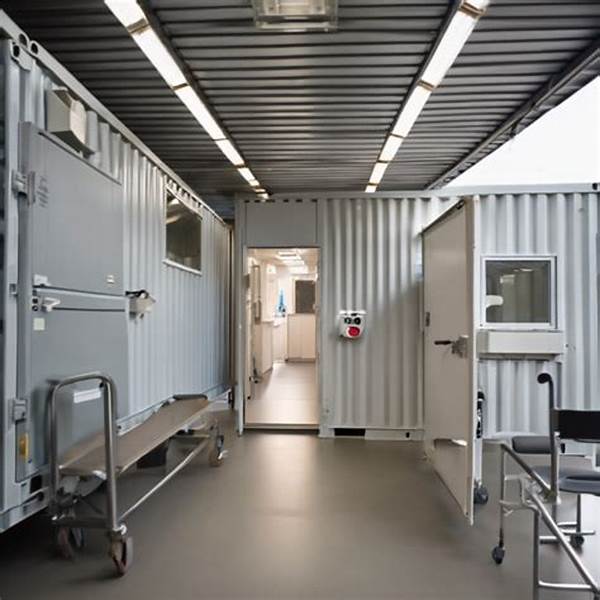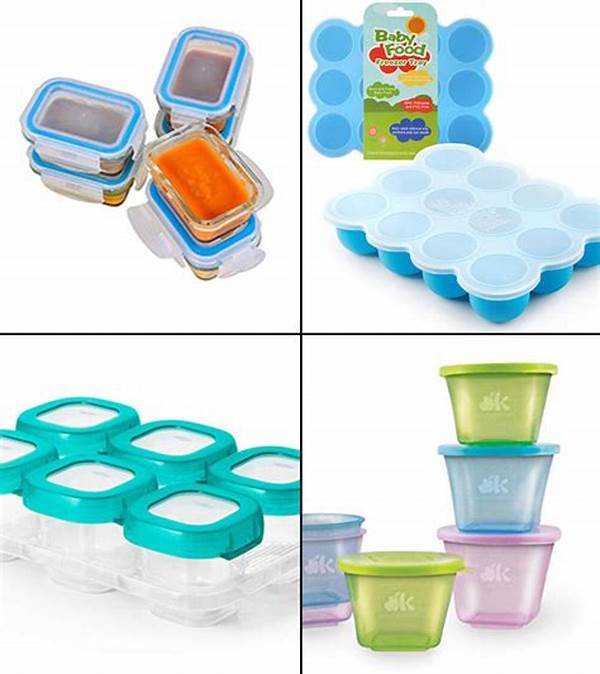Imagine walking through a rural town, a place where healthcare accessibility is a dream rather than a daily reality. Suddenly, out of the rugged landscape and open skies emerges a repurposed sea container, gleaming with potential—a modern health clinic. This isn’t just a vivid figment of imagination but the creative brainchild of innovators driven by the desire to transform global healthcare accessibility.
Read More : Stylish Mobile Waste Bins For Residential Areas
This is a tale of ingenuity, where the leviathans of the shipping industry—the sea containers—retire from their seafaring voyages only to find a purpose on land. Repurposed into medical clinics, these structures are stepping in to fill the gaping void in healthcare provision in rural towns. The narrative unfolds not just through numbers but through the stories of renewed hope and healthier communities.
The Transformation: From Sea Giants to Life-Saving Clinics
When Innovations Sail Ashore
It all begins with a simple yet powerful concept—transforming cargo containers into mobile, adaptable healthcare facilities. Sea containers repurposed as medical clinics in rural towns stand as a testament to creativity and practical problem-solving, especially when a staggering 3.5 billion people, according to recent studies, lack access to essential health services.
The process involves outfitting these containers with insulation, electricity, plumbing, and the necessary medical equipment to ensure they operate efficiently as clinics. From Australia to Africa, where distances to hospitals extend beyond comprehension, these modular clinics are docking closer to the doorsteps of those in dire need.
Meeting Healthcare Needs Head-On
The success of sea containers repurposed as medical clinics in rural towns becomes evident through personal testimonials. Consider a nurse in Namibia, who once grappled with the challenge of traveling hundreds of kilometers to reach patients. Today, she steps into a sterile environment equipped with state-of-the-art tools, ready to perform examinations, administer vaccinations, and even conduct minor surgeries.
More Than Just a Container
Each of these clinics tells a story of resilience and innovation. It becomes a sanctuary for pregnant women in Zambia seeking prenatal care, a rehabilitation point for individuals reclaiming their lives from maladies in Nepal, and a beacon of wellness for children receiving vaccinations in remote Argentina.
But it is not only about the medical services offered. These containers repurposed as medical clinics in rural towns also offer educational programs within their steel walls, aimed at empowering the local community with knowledge about hygiene and nutrition—a step towards self-sustaining health awareness.
The Logistics: How It All Comes Together
The architectural process is meticulous; design prototypes focus on functionality and mobility with ease of transport and cost-effectiveness as priorities. Constructing these clinics also requires partnerships with local governments, NGOs, and health organizations, ensuring that service delivery is culturally appropriate and sustainable.
Lane Johnson, a project manager from an NGO, quips with humor, “We’ve mastered the art of fitting an elephant into a shoebox!”—a nod to the magic of turning confined spaces into comprehensive clinical environments.
Read More : Plastic Containers Affordable Organizers Dominating Tiktok Reviews
Detailed Overview of Sea Containers as Clinics
Here’s a deeper dive into sea containers repurposed as medical clinics in rural towns:
Sea Containers in Action
In regions isolated by geography or conflict, these clinics are not just structures; they’re lifelines. By applying the principles of modular architecture and innovative design, these containers come fitted with high-quality medical tools and sustainable resources, ensuring they’re not just temporary solutions but resilient centers of health and well-being.
The Impact: A Sea Change in Rural Healthcare
An Inclusive Approach to Health Services
The ripple effect of these initiatives is substantial. Rural towns once excluded from advanced health facilities now see an increase in health outcomes, life expectancy, and community welfare.
Charting a Course for the Future
Sea containers repurposed as medical clinics in rural towns chart a new course in global health. They make it possible for people anywhere—regardless of geography or socioeconomic status—to have access to primary healthcare.
Summing It All Up: A Vision Beyond Today
In sum, the repurposing of sea containers as medical clinics in rural towns signals a future where healthcare is not confined to urban wealth but spreads like cool balm over the forgotten and underserved. It’s a narrative led by human empathy and ingenuity, painting a hopeful picture of universal healthcare, one container at a time. With dedication, creativity, and strategic partnerships, this endeavor stands as a beacon of change and a harbinger of healthier rural existences.










